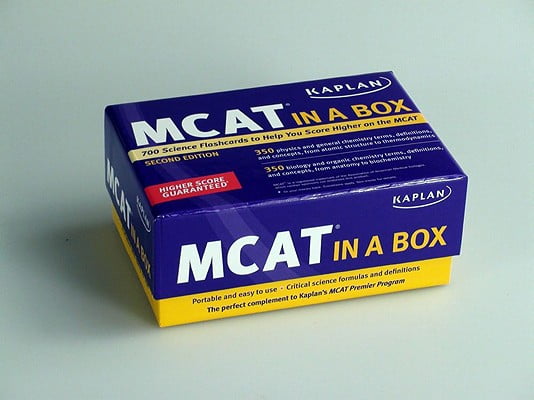My good friend and colleague Mark Wahba [read his brilliant ideas here]gave a talk at half day … he referred to a patient as a “BIBEM“.
… I am thinking ” what’s a BIBEM? [as in Justin Bieber]” – NO! … turns out that this stands for Brought In By EMS. Later that night I was charting
“No ROS; Note S/S Infxn and RTER; Scar teaching √”
These are what we call “Acronyms” [or abbreviations] – essentially fake words made up by taking the first letter of each word in your sentence and then making a [fake] word. Why would we do this? Well as these authors put it they’re designed to help communicate ideas efficiently. [and they’re not isolated to medicine]
In the fast-paced world of Emergency Medicine we have to be efficient. We also have to chart in a 10×10 cm space. I spend a lot of my time documenting things like “No removal of sutures [necessary]; note signs and symptoms of infection and return to the ER” because good documentation is important. As the CMPA in their article on Why Good Documentation Matters state:
The physician’s thought process is also demonstrated through good documentation. The symptoms, physical findings and laboratory results on which a plan of care is based should be identified so that the plan is clear and logical. Good documentation describes what information is given to the patient and the patient’s response. This includes notes about informed consent, the patient’s questions, the physician’s answers, and any information given to the patient about next steps or followup. Documentation needs to be legible and only recognized abbreviations should be used.
Okay … need to focus on the standard abbreviations .. got it …here’s a list of latin medical abbreviations from the wiki people. Here’s a more complete list from the folks at Medicinenet.
Say did anyone take a class on the recognised abbreviations in medicine during med school? umm … I learned my “RTER” from my mentor during residency.
But are we even speaking the “recognised language” when we write “RA“? Does this mean “reassess” or is it “right atrium” or maybe “rheumatoid arthritis“? These authors studied The Mayo Clinic’s Charting [insert heavenly choir music] … and guess what? The answer is not so simple [doh!]. Even recognised abbreviations can mean a bunch of different things – so the context becomes important.
Definitely there is a role for clarity when it comes to writing orders. Recently I was being appropriately berated for my crappy writing on my X-ray requisitions. The X-ray tech kept calling back to clarify and I was like “can’t she see which body part is injured?” … this lead me to reflect/justify … maybe it was the pen? maybe it was because we were 18 deep in the waiting room and I was trying to whip through the waiting-list? Truth is it doesn’t matter. There’s no excuse …
If you want someone else to carry out your orders … you have to be 100% CLEAR and UNEQUIVOCAL. Write slooowly. Use CAPITAL LETTERS. Avoid the no-no’s
Here’s a link about orders we shouldn’t use. I have been guilty of writing MgSo4 – didn’t know it was on this list. [Thanks to @grahamwalker for pointing that out]
Back to my original musings. There is no widely accepted acronyms for Emergency Medicine and my RTER which might make perfect sense to me [and a couple of others] may NOT make sense to others!
I want to be able to keep my list of acronyms because documentation is important. BUT I simply do not have the time to write out every single sentence on a chart. BUT others may not be able to understand what I am writing. SO … Is there a role for a more widely-accepted set of [dare i ask] standardised acronyms for emergency medicine? What about the CMPA’s advice regarding documenting patient questions and your answers?
My homework:
- Fix my order writing. NO MO MGSO4!
- Start documenting q’s and a’s more.
- “IHDOSOEMA!!” (I Have DIBS On a Study On EM Acronyms).



